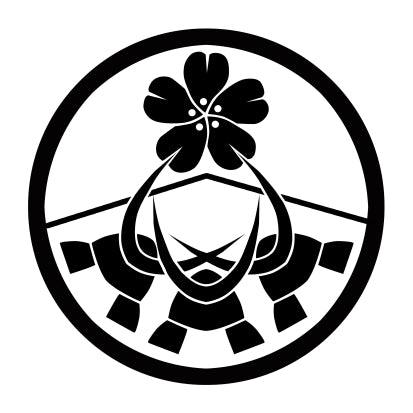The Origins of Heraldry part 9

Heraldry was not only confined to Western Europe but to those sections which were feudal in origin and had close links to the Catholic Church. Poland has Heraldry because she is linked with the West through the fact that alone of the Slavic nations she is Catholic, and has thus received western civilization. In Ireland, Wales and the Highlands of Scotland, Heraldry has been imitative, and the arms of ancient Celtic families are found to be much more recent than the pedigrees of these families would seem to warrant. The reason is that the arms have been adopted in the later Middle Ages in imitation of those of non-Celtic families which belonged to the Western feudal tradition.
There is one important exception to the rule laid down above. In Japan for many ages the mon has been used, which corresponds to the crest (part of the coat of arms in Europe) and is the family symbol of the Japanese people. The Mon is depicted in two tinctures, one colour and one metal, with one of the tinctures serving as the field. It is normally constructed of a primary charge group, on occasion surrounded by an annulet or other enclosure. The mon was used as both a badge and a device and represented either a person or (more commonly) a dynastic house. If defined strictly by western heraldic standards, a mon would be considered closer to a badge than a device.
In Japan, the long feudal period during which the Mikado was kept a prisoner under the rule of the Shoguns all the conditions flourished which in Europe made the Medieval period so picturesque and so uncomfortable for peaceful persons. The Japanese knights were certainly no less venturesome than their European counterparts and their ladies no less beautiful, added to which the Japanese had a love of fighting verging on the insane.











